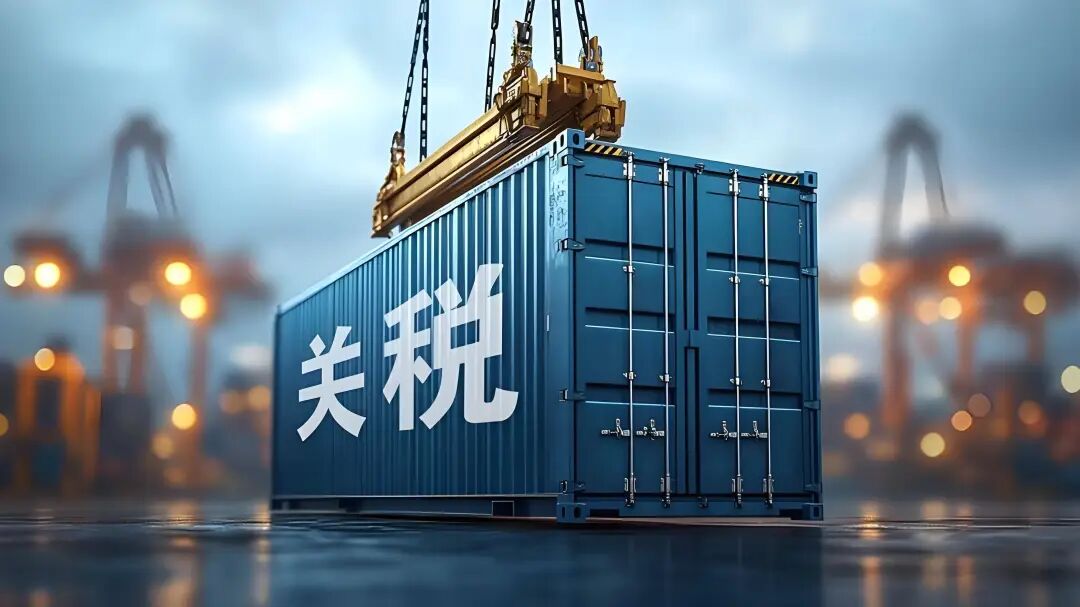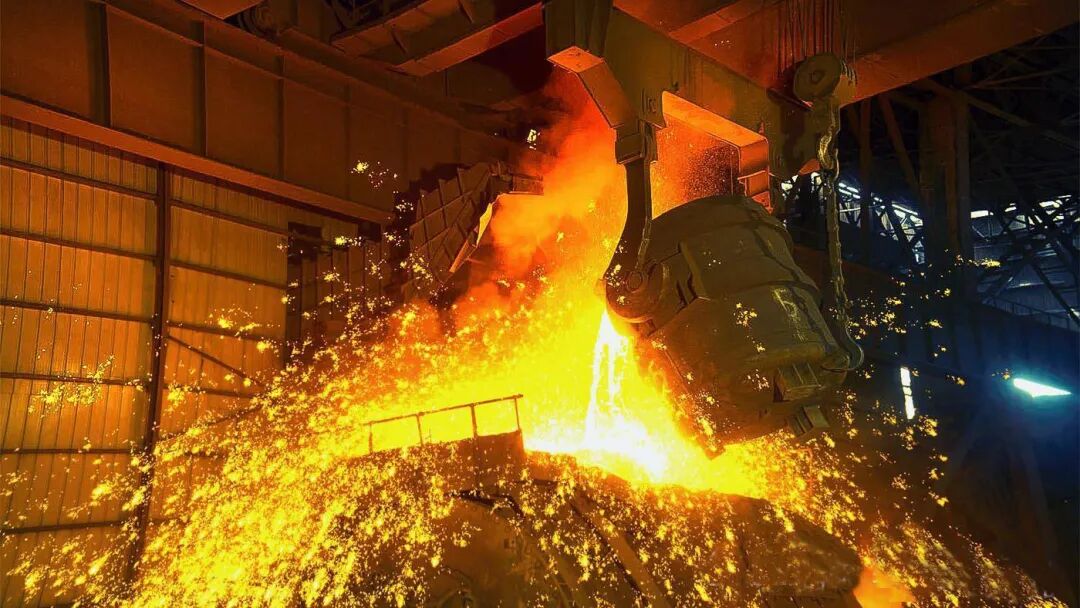Global trade has collapsed! Tariffs between the US and Europe have escalated!
A steel storm sweeping across the globe is brewing! The latest alert from the WTO: Global trade growth may plummet by 72%. Tariff barriers between the US and Europe have been further strengthened, and global steel production capacity exceeds 700 million tons. What signals are hidden behind this? How will the Chinese steel industry break through the bottleneck? Where will the future price of steel go?
Oct 11,2025

A steel storm sweeping across the globe is brewing! The latest alert from the WTO: Global trade growth may plummet by 72%. Tariff barriers between the US and Europe have been further strengthened, and global steel production capacity exceeds 700 million tons. What signals are hidden behind this? How will the Chinese steel industry break through the bottleneck? Where will the future price of steel go?
1 .Shocking Data: Global Trade Slows Down Completely
The latest forecast by the World Trade Organization (WTO) is astonishing: The growth rate of global goods trade is expected to be only 0.5% in 2026. This figure represents a decline of over 79% compared to the previous prediction of 2.4%. If calculated based on the original prediction of 1.8%, the decline would be even 72%. The extent and speed of this downward adjustment are truly unprecedented in recent years.
WTO experts analyzed that this "trade freeze" is mainly caused by two factors: The overall global economic slowdown and the cumulative effect of high tariff policies have begun to fully manifest.
The sharp slowdown in trade growth means the shrinking of global market demand, which is undoubtedly an additional blow for the steel industry that is already under the pressure of overcapacity.
2.Tariff Barriers: Trade Protectionism Reaches New Heights

The US tariff system continues to expand
The Trump administration announced that starting from November 1st, it will impose a 25% import tariff on heavy-duty trucks. This is another major measure following the imposition of tariffs on imported steel and aluminum, copper, automobiles and their components.
Since October 14th, the US will further increase tariffs on cork, cabinets, bathroom cabinets and soft-padded wood products. Some tax rates will be raised again on January 1st next year.
Currently, the US still has several "232 investigations" underway, covering areas such as foreign-made solar panels, semiconductors, key minerals, robots, medical equipment and industrial machinery, indicating that more tariff measures may be introduced in the future.
The EU significantly raises tariffs on steel
The European Commission proposed on Tuesday that all steel imports exceeding the quota should be subject to a 50% tariff, which is twice the current rate. At the same time, the import quota will be reduced by approximately 45%.
The EU industry commissioner stated: "This is a very strict clause, and there is no precedent in Europe." He disclosed that after the new measures are implemented, only about 10% of steel in the EU market can enjoy duty-free treatment.
3 .Excess Capacity: The Global Steel Industry Faces Severe Challenges

The latest data released by the OECD Steel Committee shows that by 2027, the global excess steel production capacity is expected to increase from 6.02 billion tons in 2024 to 7.21 billion tons. From 2025 to 2027, global steel production capacity will increase by 1.65 billion tons, mainly driven by cross-border investments by Chinese steel enterprises.
However, the demand side is not optimistic. Due to the sharp decline in China's construction industry, global steel demand is expected to only moderately increase in the medium term. This intensification of the imbalance between supply and demand is pushing the global steel industry into an even more difficult situation.
4 .Future Outlook: Where Will Steel Prices Go?
In the face of a complex and volatile international environment and supply-demand situation, the future trend of steel prices is of great concern.
Short-term fluctuations are inevitable
Looking at the fourth quarter of this year, steel prices are expected to exhibit a fluctuating trend. On one hand, the traditional consumption off-season and the possible "North materials to South" phenomenon will increase supply pressure; on the other hand, the expectations of the Federal Reserve's interest rate cut at the macro level, the potential additional policies for maintaining growth in China, and the industry's resolute "production reduction" policy, all may become catalysts for price rebounds.
Medium and long-term pressure still exists
Looking ahead to the second half of 2025 and beyond, the running center of steel prices still faces downward pressure. The fundamental reason lies in the imbalance between global and domestic macroeconomic conditions, which is difficult to reverse quickly.
Overcapacity is the core contradiction, and the weakening of cost support has also opened up space for the downward trend of steel prices. However, as the world's largest domestic demand market for steel, China will persist in the long term, which provides certain buffer space for the industry.



